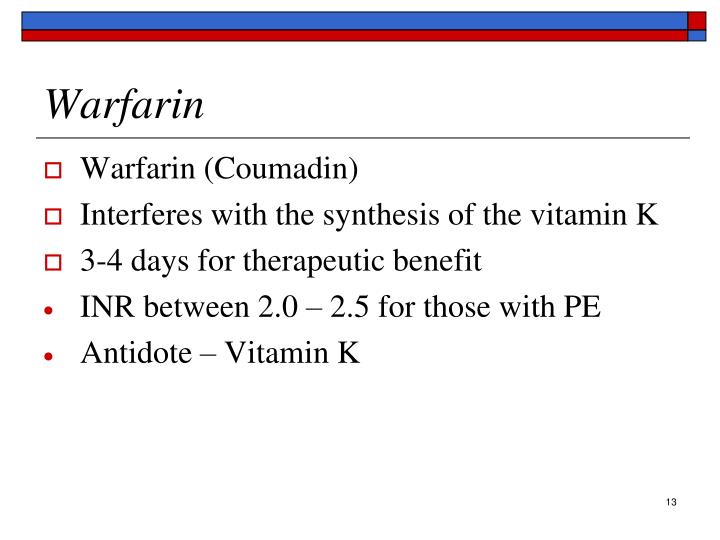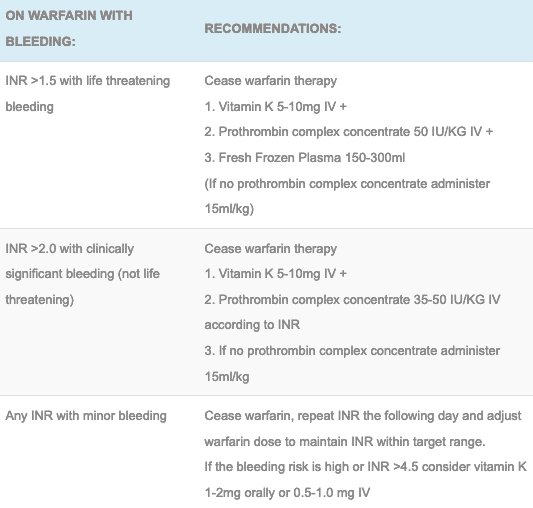
Weigh patient and obtain a baseline FBE, APTT, INR and renal function. S = dose available in pre-filled syringe.ġ. The decision to use LMWH instead of standard heparin or warfarin will depend upon the clinical scenario and individual patient factors such as risk of bleeding or availability of venous access. Low Molecular Weight Heparins are used for the prophylaxis or treatment of deep vein thrombosis. All RCH patients requiring LMWH therapy should be referred to the Clinical Haematology Department. Monitor for signs and symptoms of bleeding (bruising, tarry stools, sudden drop in blood pressure, petechiae, blood in urine, etc.In neonates and children, the Low Molecular Weight Heparin of choice is "Enoxaparin" (Clexane) as this is the only LMWH available in Australia that has had paediatric dose-finding studies.Do not take with NSAIDS/aspirin, alcohol, or other agents that may also cause bleeding.Patients with mechanical heart valves can have INRs as high as 3.5.Therapeutic level of INR is between 2.0-3.0.



Along with its blood thinning action comes an increased risk for uncontrolled bleeding. Clinically, warfarin is used to prevent the formation of DVTs, pulmonary embolisms, heart attacks, and strokes in patients who are at high risk of developing blood clots. Summary Warfarin is a medication that is used to prevent blood clots, which is why it is classified as a blood thinner or anticoagulant.


 0 kommentar(er)
0 kommentar(er)
